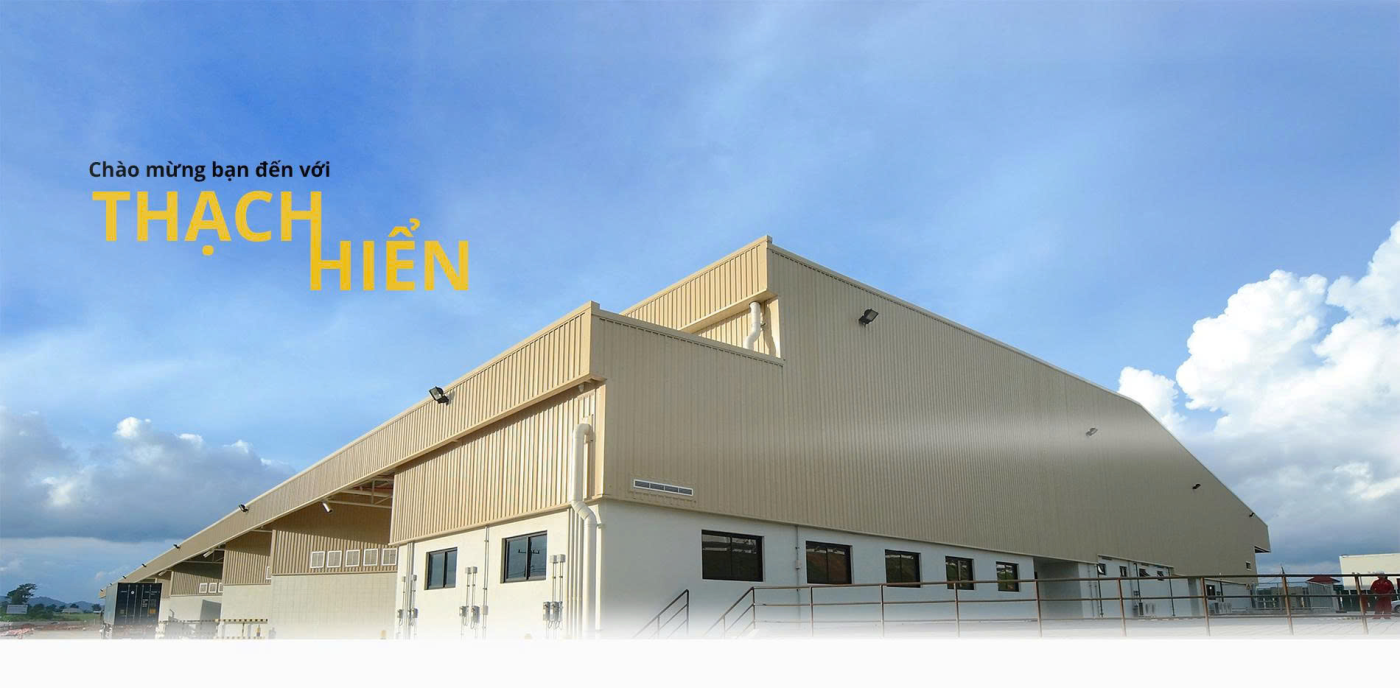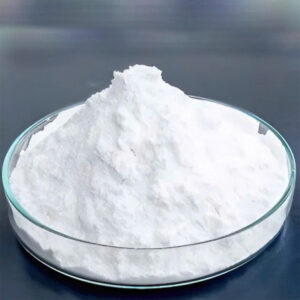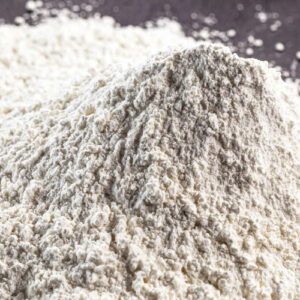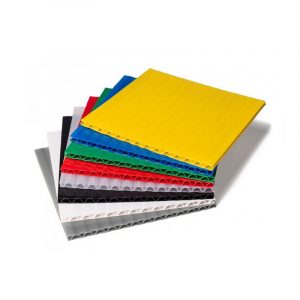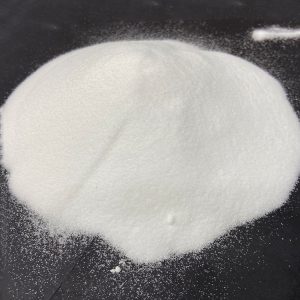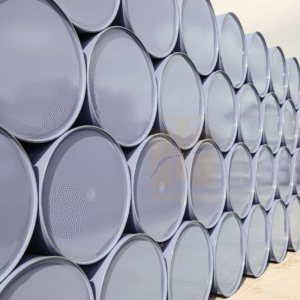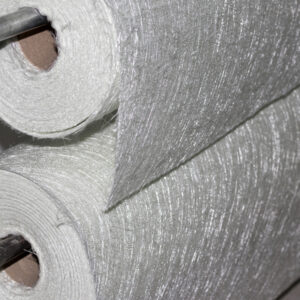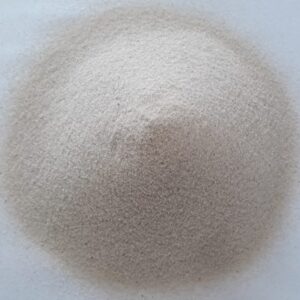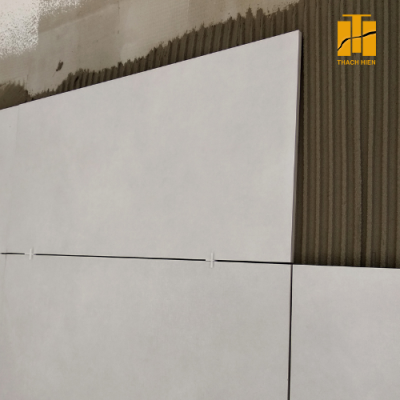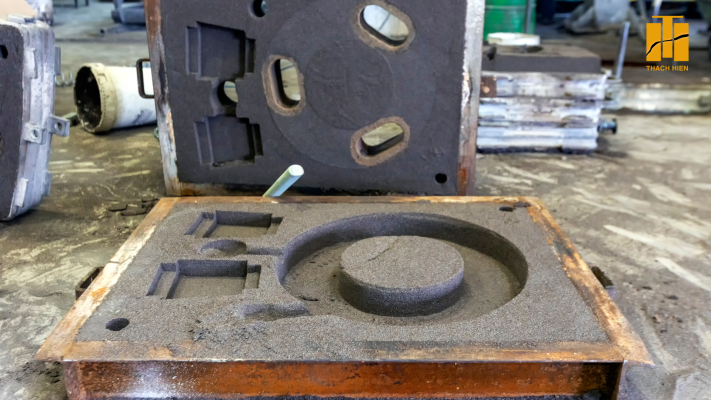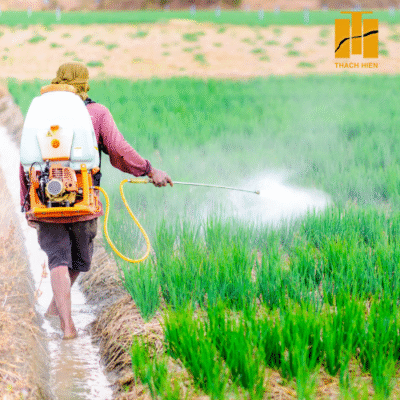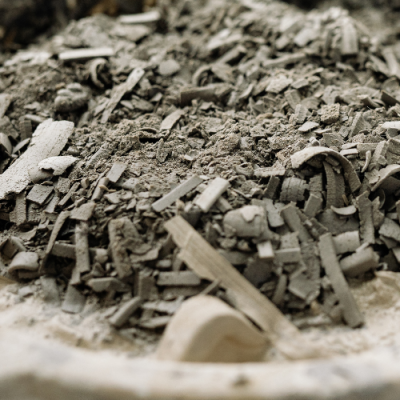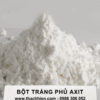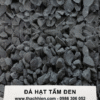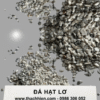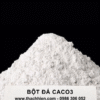News
THE ROLE OF DOLOMITE IN INDUSTRY
Dolomite has a large consumer market both domestically and internationally. Dolomite is widely used in most areas of life such as industry, agriculture, medicine, construction materials…
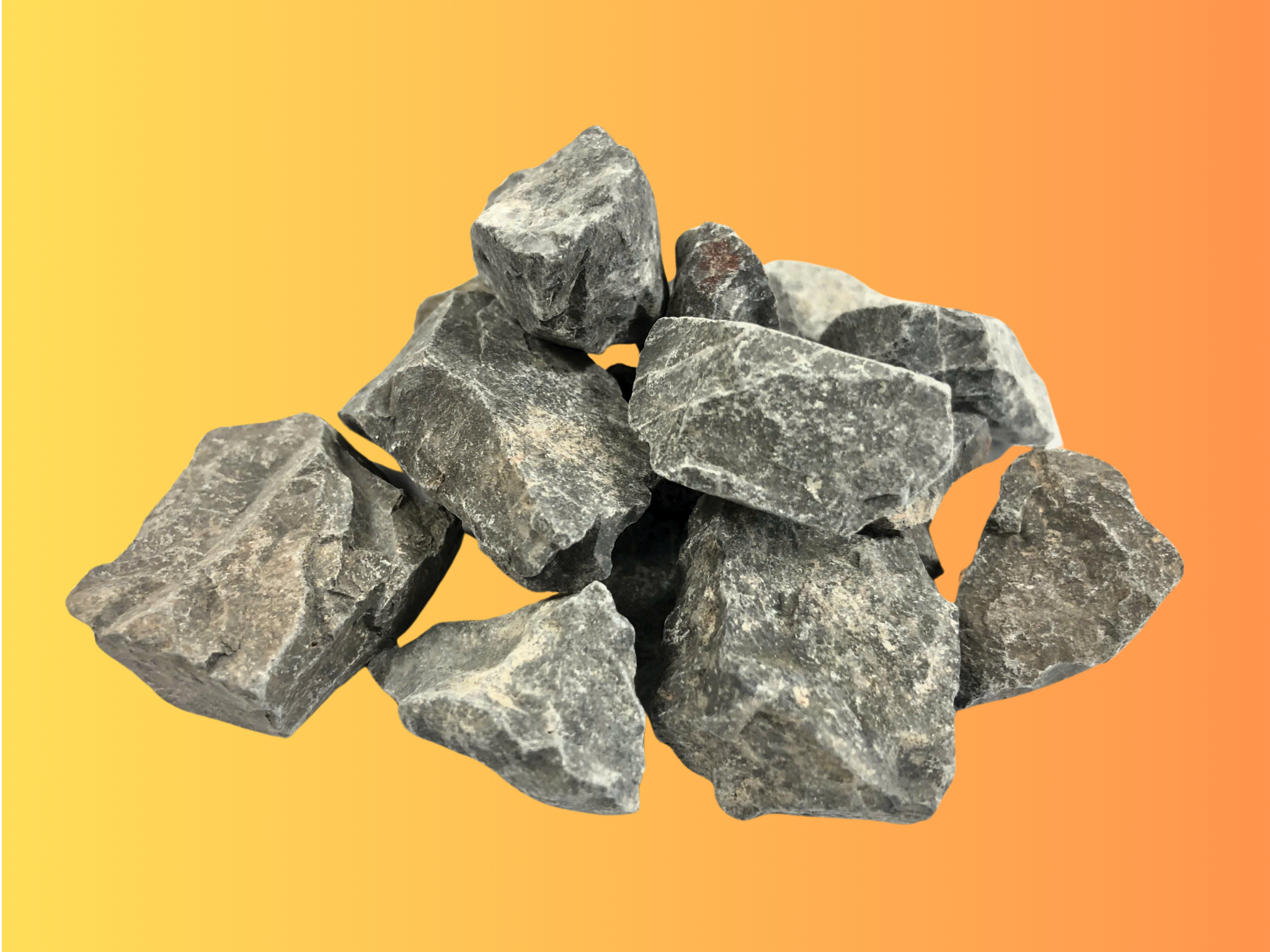
What is Dolomite?
Dolomite is a common mineral, with the chemical composition CaMg(CO3)2, is a carbonate-rich rock, formed by dolomite and calcite minerals, in which dolomite minerals account for a large amount.
Origin of Dolomite
Dolomite has many common sedimentary origins and can be divided into several types as follows:
– Primary dolomite is formed by inorganic pathways. The conditions for dolomite formation and precipitation are in an environment rich in Mg, pH >8.3, very high PCO2 , and suitable temperatures in hot, dry regions.
– Dolomite is formed by the transformation of lime mud during the rock formation process.
– Dolomite is formed by the dolomitization process.
– Dolomite forms the bones of organisms.
Dolomite is often altered by weathering and hydrothermal processes.
In the weathering zone, when there are favorable geomorphological conditions, a mechanical destruction zone is formed, creating a mechanical debris zone consisting of sand and dolomite debris. The zones have a thickness ranging from 1 – 2m to several tens of meters.
Dolomite can still exist as a precipitated mineral in special environments on the ground today. Dolomite crystals also appear in deep ocean sediments, where there is a high organic content.
Physical properties
- Dolomite is hard and brittle. The weathered surface is often rough.
- Dolomite has a specific gravity ranging from 2.5-2.9; volume 2-2.8g/cm3; humidity from 3-5%; dry compressive strength limit of 100-600, sometimes up to 3000kg/cm2; softening coefficient when saturated with water 0.2-1.
Dolomite is of sedimentary origin.
| Symmetrical crystals | Cubic rhombohedral cube |
| Color | White, gray to pink |
| Hardness | 3.5-4 |
| Strudge color | White |
| Solubility | Slightly soluble in dilute hydrochloric acid when in powder form |
| Metallic luster | Vitreous to pearly luster |
Chemical properties
- Under the influence of hydrothermal activities, dolomite is strongly hydrothermally metamorphosed. Calcitization occurs on the surface in the weathering zone or along cracks in the hydrothermal environment. Chemical reaction: CaMg(CO3)2 + CaSO4 = 2CaCO3 + MgSO4. This reaction occurs in an acidic environment on the surface or along cracks.
- Pyritization and sulfation activities also often occur strongly in the hydrothermal environment. These hydrothermal transformation processes have significantly reduced the quality of dolomite raw materials.
- The conditions for dolomite formation and precipitation are in an environment very rich in Mg, pH > 8.3, PCO2 very high, suitable temperature in hot dry regions.
Applications of Dolomite in production
Production of refractory bricks: Dolomite bricks have high fire resistance so they are used to cover electric furnaces and steel rolling furnaces. Here, dolomite is required to be good at fire resistance and slag resistance in the sintered state, that is, not to decompose into silicate and alumosilicate mixtures of Mg, Ca, Fe, Mn, which are easily melted and corroded. In fact, dolomite mixed with 2 – 3% SiO2 and 2 – 5% AlO3 + FeO3 + MnO2 is the easiest to sinter, giving a clinker that can withstand heat up to 1,750 – 1,760°C and is very good at slag resistance. On the other hand, it is also found that dolomite containing 1 – 6% SiO2 is not only harmless but also gives a product that is resistant to hydration. However, if the silicon oxide content is too high, the compound 2CaO.SiO2 will appear, causing the sintered dolomite to easily turn into dust, evaporate into smoke, and lose quickly. The oxides Fe, Al, Ti, and Mn all prove beneficial because they clearly improve the sintering process and reduce the hydration ability of the sintered dolomite powder. However, if the amount of these compounds is too high, a large amount of braunmilerite and calcium aluminate 3 will appear, causing the sintered dolomite powder to lose its fire resistance. The presence of free CaO will increase the product’s fire resistance, but on the other hand, CaO is very sensitive to CO2 in the atmosphere as well as reacting with Al and Fe to create fusible compounds.
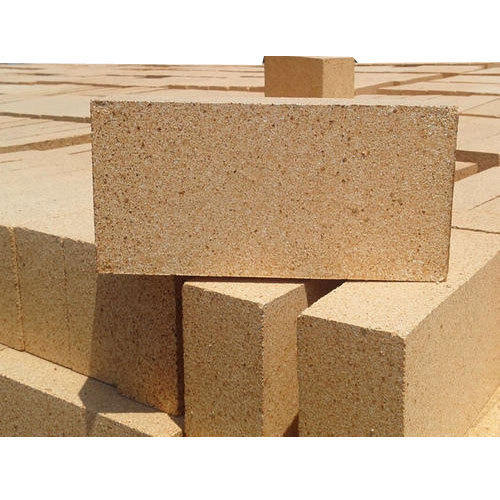
- In ferrous metallurgy: Dolomite is used as a fluxing agent, to burn off slag and to prepare magnesium sinter. Dolomite used as a fluxing agent in metallurgy has the following standards: MgO >17 – 19%, SiO2 < 6%, R2O3 + MnO < 5%, no S, P, grain size <25mm <8%, instantaneous compressive strength >300 kg/cm2. Dolomite used in magnesium sintering in metallurgy must meet the following requirements: CaO + MgO > 53%, MgO > 16%, insoluble residue < 2.5%, clay < 3%, grain size 5 – 75mm accounting for 80%. Production of metallic magnesium. From dolomite, people get Mg metal by silicothermy or electrolysis.
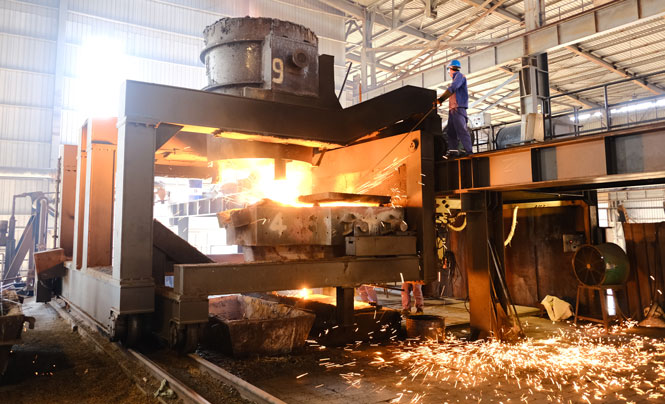
- Production of binder: Burning dolomite with a size of 100 – 150mm at a temperature of 700 – 8000C in a combustion chamber, “caustic dolomite” is obtained. Kneading this material with a chloride solution will obtain a manhesi binder used in construction and ceramic brick production. The quality requirements for dolomite to produce caustic dolomite are as follows: MgO > 18%, insoluble residue < 5%, R2O3 < 4%.
- Production of heat-insulating materials: Xovelit is a heat-insulating material made from “white magnesia” and 15% asbestos. White magnesia is produced from dolomite containing over 19% MgO and few impurities.
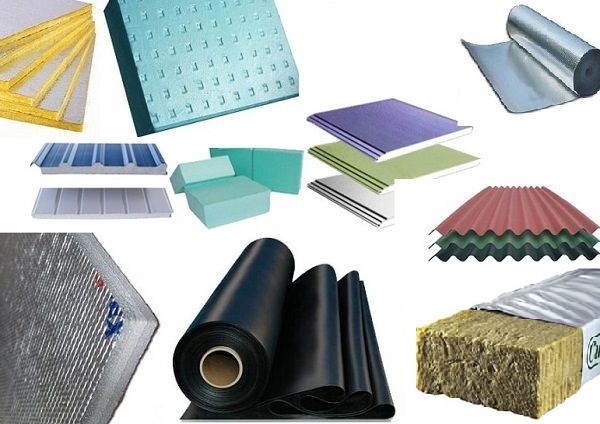
- Dolomite used for industrial construction, housing, roads: Used in the form of crushed stone, boulders, and boulders. Dolomite chips are used as filler for concrete and railway pavement.

- Glass industry: In glass making ingredients, dolomite accounts for 10 – 20%. The glass industry requires dolomite with quality MgO >19%, CaO < 29%,
Al2O3< 0.5%, insoluble residue < 4%, Fe2O3< 0.05%.
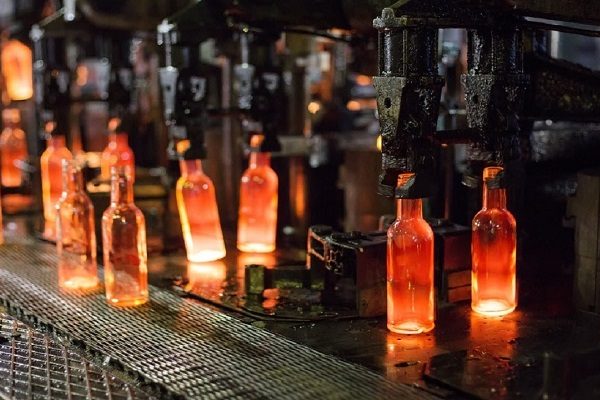
Production of grinding powder: From raw dolomite and sintered dolomite, people make powder to polish glass, polish metal, mother of pearl. To make grinding powder, dolomite must be pure, not containing more than 2% insoluble residue.
In the chemical and pharmaceutical industry: Dolomite must be very clean, containing a lot of MgO, little clay and other impurities.
In the nitrogen fertilizer industry: Dolomite is used as an anti-sticking agent for fertilizers made from ammonium nitrite (NH4, NO3). Dolomite quality requirements are: 19 – 20% MgO, 32 – 33% CaO, SiO2 < 2.5%, R2O3 < 1.5%.
In the rubber manufacturing industry. Dolomite powder helps to make rubber more solid and accelerate the vulcanization process. In the cellulose paper manufacturing industry, in the tanning industry, in the ceramic and lacquer manufacturing industry. Dolomite is used in the form of raw or sintered powder. The ceramic industry uses clean dolomite to create glaze mixtures to make the glaze smoother and shinier.
Use of dolomite in agriculture: Dolomite in water treatment
In medicine::Therapeutic geologists assert that dolomite is a source of ionized calcium that is easily absorbed by the human and animal body. As is known, it is difficult to assess the role of calcium in the vital activities of animal cells and tissues. Ionized calcium regulates acid-base balance, thereby reducing the risk of cardiovascular disease. Thanks to ionized calcium, dolomite has the effect of preventing osteoporosis, stabilizing blood pressure and reducing blood sugar levels. Dolomite reduces the risk of kidney stones, increases vitality and fights stress.
With more than 15 years of experience in the industry of supplying Dolomite lime powder products, THACH HIEN COMPANY LIMITED is committed to providing customers with products that meet standards with the best quality. If you need more detailed advice on specifications as well as prices, please contact: Hotline 0986 306 052


 vn
vn